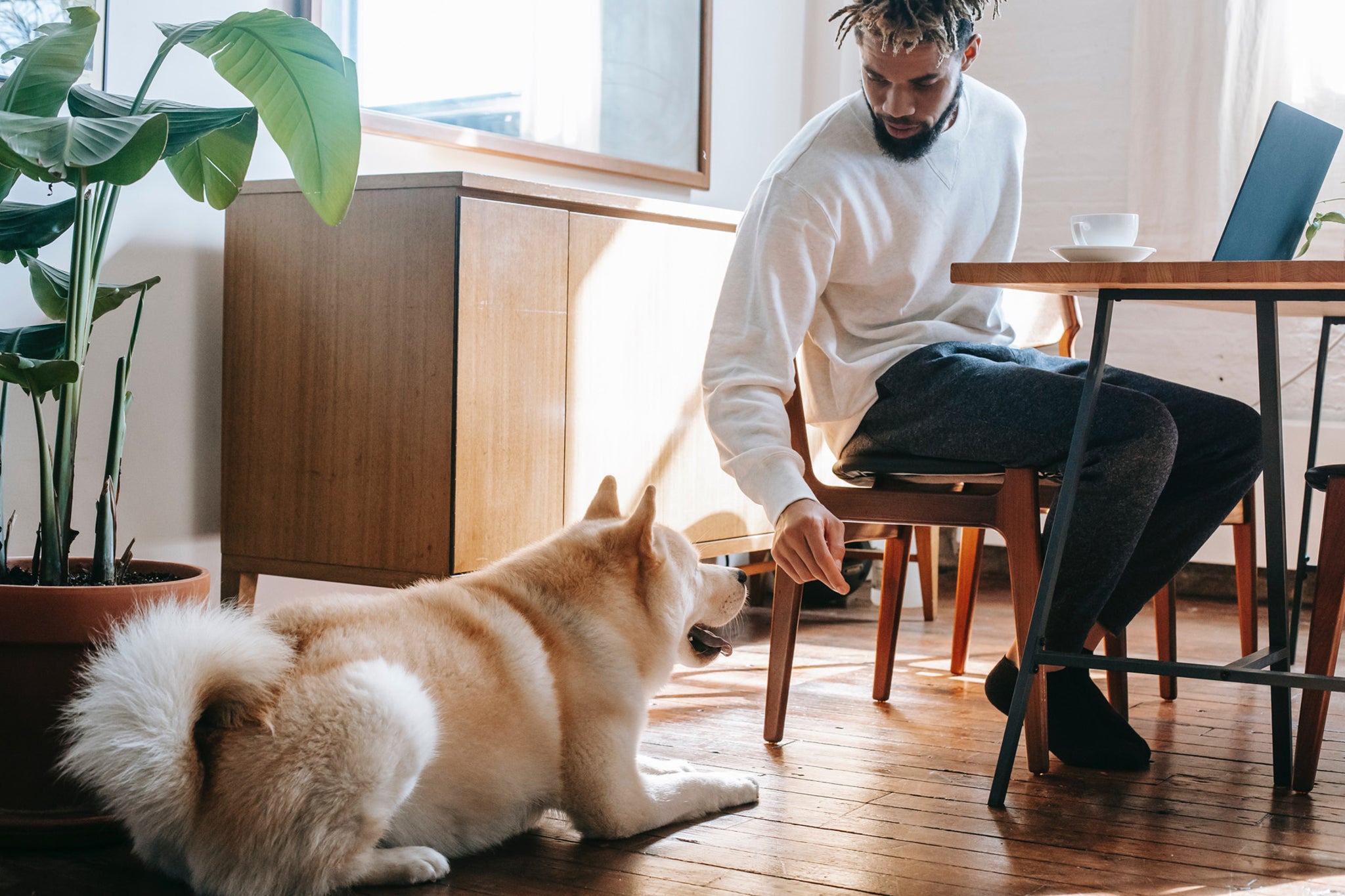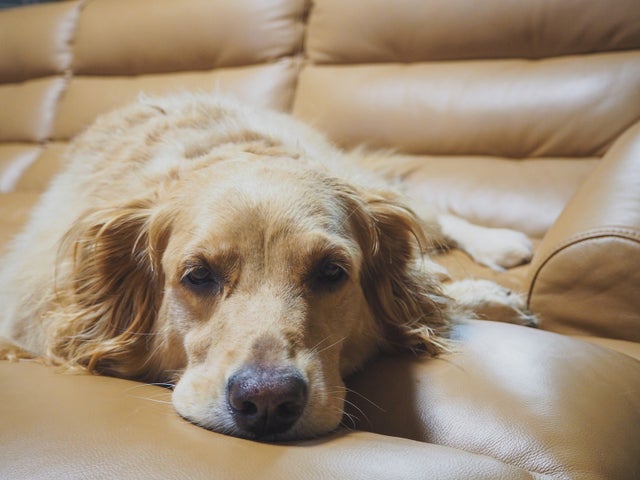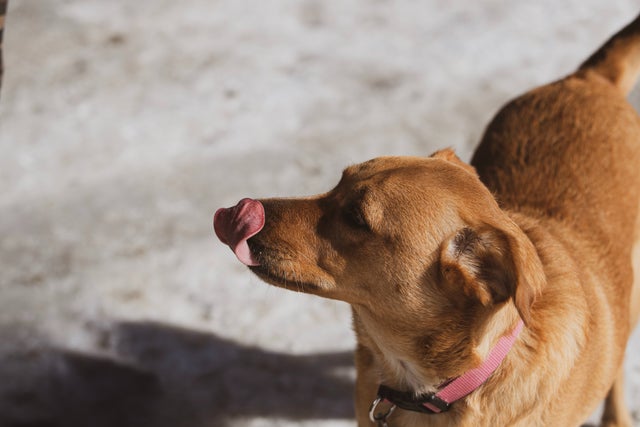Dr. Julie Dinnage, Anivive’s Director of Veterinary Affairs and co-founder of the Association of Shelter Veterinarians, shares tips for dogs with separation anxiety.
1. Keep a routine
Try to be consistent with your routine. Even though you’re working from home, try to keep your pet’s daily schedule as consistent as possible. Ensure that there are dedicated times for exercise and play. Similarly, stick to a consistent daily feeding schedule.
2. Give your dog alone time
During these times when you are spending more time at home, ensure that you schedule quiet times for your pet and times when the pet is left alone during the day. It is important for your pets to be comfortable being left alone.
3. Rotate their toys
Give them interactive toys and rotate their toys. If they have a favorite toy, always leave that one for your pet, but other toys should be rotated. Place some toys aside and then alternate them with others occasionally. Reintroducing these old toys as new can revive your dog’s interest and may help distract or comfort them while you’re gone. Interactive toys and puzzle toys designed for dogs are also a good way to keep them occupied and mentally stimulated.
4. Play soothing music
Soothing music keeps them company when you’re not home. If you have a playlist or radio station you play while you are at home, play it while you are gone too. This music will be familiar to your dog and put them more at ease when they are alone.
5. Watch for signs of anxiety
If you come home and there’s urine or stool on the floor, it is important to determine if this is due to a medical condition, lack of housetraining, or a response to anxiety. Dogs with separation anxiety may urinate or defecate in the home or become destructive in response to the anxiety they feel being left alone. These behaviors generally happen within 10-15 minutes after the owner departs. Anxiety can result from cues to your departure that your pet learns. For example, some dogs will begin to feel anxious at the sound of car keys or the sight of their owner wearing clothing associated with a workday.
6. Set up a video camera
Nowadays it’s easy to set up a video camera to capture how your pet behaves when you leave them alone. This video footage can be very helpful to share with your veterinarian to determine whether your pet is suffering from separation anxiety.




